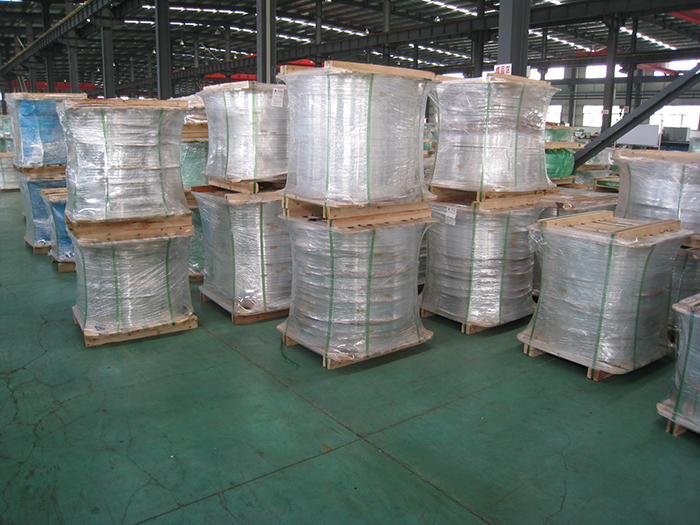- CONTACT EMAIL:
- inquiry@signialuminium.com

With the development of automobile lightweight technology and the requirement of energy saving and consumption reduction 100% aluminium alloy of air conditioning heat exchanger for passenger cars in China has been promoted. Copper alloy has
With the development of automobile lightweight technology and the requirement of energy saving and consumption reduction, 100% aluminium alloy of air conditioning heat exchanger for passenger cars in China has been promoted. Copper alloy has been used in traditional automobile heat exchangers. Composite aluminium foil is used instead of copper alloy in automobile radiators, which can reduce the mass by 20%~45%.
Automobile heat exchange system includes condenser, evaporator, radiator of water tank, intercooler, heater, oil cooler and other components. Brazed composite aluminum strip and Brazed composite aluminum foil is the core material for the production of automobile heat exchanger.
The automobile aluminium heat exchanger is composed of aluminium tube through cooling water and heat sink, which is usually extruded and drawn by 1xxx and 3xxx aluminium alloy. The heat sink fin is made of composite foil of 3xxx, 6xx aluminium alloy core and 4xxx, 7xxx aluminium alloy brazing layer.
The technological characteristics of composite aluminium material for automobile heat exchanger are rolling and cladding process, covering one or both sides of 3xxx and 6xxx aluminium matrix (core layer) with 4xxx or 7xxx aluminium alloy brazing filler metal (skin layer), joining and rolling together on hot rolling mill by high temperature and high pressure welding, and then cold rolling to finished products.
Composite aluminium sheet and Composite aluminium strip foil are developed with the progress of vacuum brazing technology. Its technological characteristics are that a layer of brazing alloy is required on the surface of heat dissipating fins. The thickness of cladding layer is usually about 10% of the total thickness of composite material. Its melting point should be about 50 C lower than that of base aluminium alloy, the melting point of base alloy should be 630 ~660 C, and the melting point of cladding layer should be 580 ~610 C. Therefore, after the assembled heat exchanger is placed in the furnace at about 600 C for a certain time, the fin matrix alloy will not melt, but the Al-Si alloy cladding layer as brazing material will melt, and they will be soldered firmly into one after cooling

Mobile:86 17344894490
Email:inquiry@signialuminium.com
Address:A126 Building 4, No.89 Science Avenue,National HI-Tech Industry Development Zone,Zhengzhou,Henan